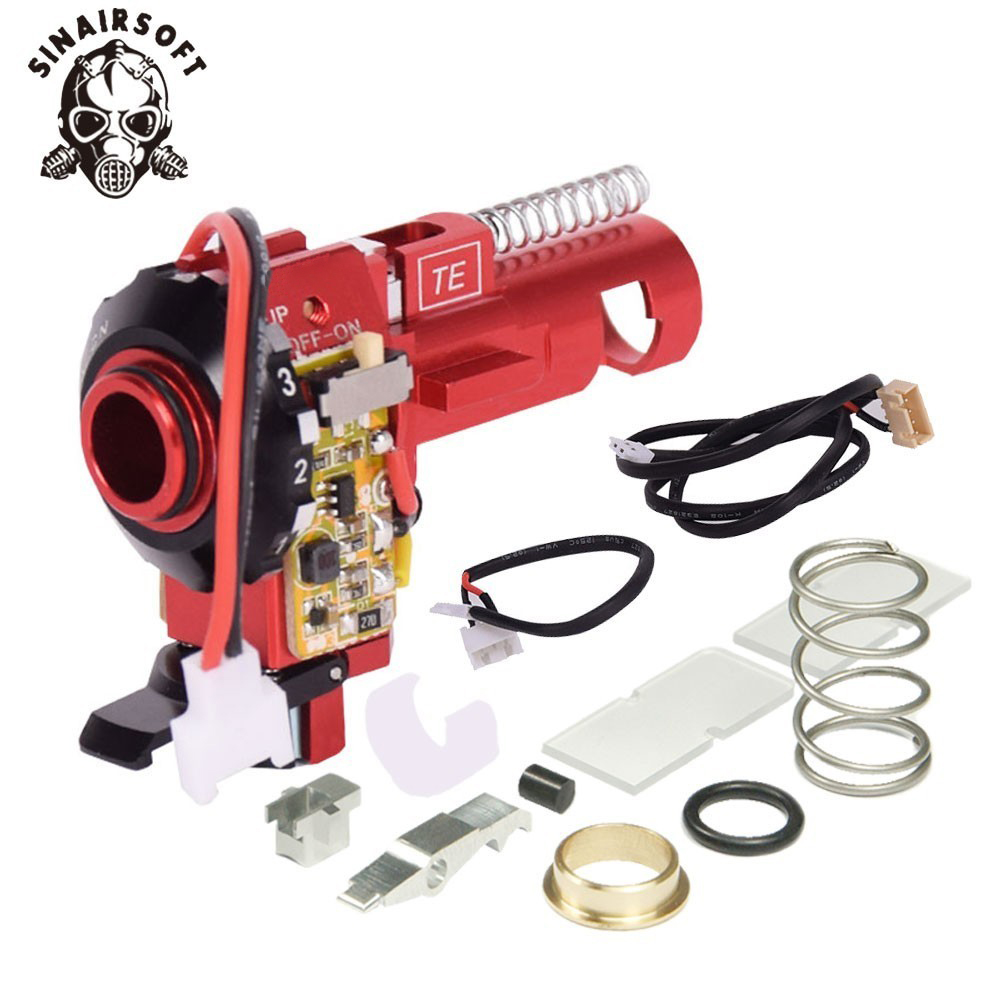

This differential pressure gives rise to upward force. This creates differences in pressures with lower surface air pressure being more than that of the upper surface. According to the law of conservation of momentum, the increase in speed is compensated by the decrease in pressure. In order to comply with the law of conservation of mass, air particle on the upper surface speeds up to cover longer distance (due to camber) than the airflow over the lower surface. Due to the airfoil camber, air particles traveling over the upper surface have to cover longer distance than the air flowing on the lower surface. Solving these equations, we obtain velocity distribution over the aircraft surfaces from which forces and moments can be estimated.Īirflow over an airfoil (cross section of wing) is shown in Figure 2. Īirflow over a body obeys three basic aerodynamic equations: these are conservation of mass, conservation of momentum and conservation of energy. Further the aerodynamic forces generated due to deflections of control surfaces are added as applied control forces to study the dynamics of the flight path including stability and controllability of the aircraft. Flight dynamics looks at these aerodynamic forces and includes thrust and gravity forces to study aircraft motion.

Due to change in the air properties, the aerodynamic forces and moments also vary with altitude. Movement of air over an aircraft generates aerodynamic forces and moments. This chapter discusses basic flight mechanics, types and roles of aircraft, safety considerations and design and certification procedures. From the early days of world war, it has been realized that air power supremacy is vital for winning a war as well as maintaining the sovereignty of any country. Military aviation includes both transport and warcraft and consisting of fixed wing aircraft, rotary-wing aircraft (RWA) and unmanned aerial vehicle (UAV). Military aircraft also provides logistic supply to forward bases, conducting airlift (cargo and troops), and participates in rescue operations during national disaster.
#Piston aircraft air combat maneuvers free#
In naval warfare, military aircraft plays a significant role to detect and neutralize submarines and warships to keep the seacoast free from enemy attack. In defensive role, it provides close air support to land-based army and also deters the threats of enemy air strike. In offensive role, these aircraft are used in destroying enemy’s vital installations, air strips, ordnance depots and supplies. Who had how many kills in WWII?īelow we have a list of all fighter aces from Second World War II.Military all over the world uses military aircraft in both offensive and defensive purposes. Which fighter pilot would you like to be included in this list? Please write in comments below – at the bottom of this post. Now it is your turn – we presented outstanding fighter pilots – for different reasons. However, we try to create the list of most remarkable fighter aces not solely based on kills, but also on fame, influence, and value the factor that it matters at what time one was active (WWI vs WWII). Below the top 30 fighter aces of WWII, so you get an idea of the German scores. So the top 230 fighter pilot aces are ALL axis power pilots. So the list with top kills is actually extremely dominated by Nazi German fighter aces, with the top Allied pilot being Lev Shestakov with 66 kills ranks as 231. One of the main differences in aerial battle score is that German pilots (as well as Japanese) kept flying and gaining experience until they were killed themselves, while successful Allied pilots where „rewarded“ by sending them home where they took over the training of young pilots and passing their skills and experience over to them.

This list is more entertainment than science, so take it with a pinch of salt. We do compare apple and oranges here, and we know it. We know this is a hard question and easy to criticise – as they flew at different times, had different material etc.


 0 kommentar(er)
0 kommentar(er)
